Technological Advancements
The Anxiety Treatment Device Market is experiencing a surge in technological advancements that enhance the efficacy and accessibility of treatment devices. Innovations such as wearable technology, mobile applications, and biofeedback mechanisms are becoming increasingly prevalent. These advancements not only improve user experience but also facilitate real-time monitoring of anxiety levels. According to recent data, the integration of artificial intelligence in anxiety treatment devices is projected to increase their effectiveness by up to 30%. This trend indicates a shift towards more personalized treatment options, which could potentially lead to higher adoption rates among consumers. As technology continues to evolve, the Anxiety Treatment Device Market is likely to witness a significant transformation, making treatments more effective and user-friendly.
Growing Awareness of Mental Health
The Anxiety Treatment Device Market is significantly impacted by the growing awareness of mental health issues among the general population. Educational campaigns and advocacy efforts have led to a greater understanding of anxiety disorders, reducing stigma and encouraging individuals to seek help. This heightened awareness is driving demand for effective treatment devices, as more people recognize the importance of managing their mental health. Market analysis indicates that the awareness of mental health has increased by approximately 60% over the past few years, correlating with a rise in the adoption of anxiety treatment devices. As this trend continues, the Anxiety Treatment Device Market is likely to expand, reflecting a societal shift towards prioritizing mental well-being.
Rising Prevalence of Anxiety Disorders
The Anxiety Treatment Device Market is significantly influenced by the rising prevalence of anxiety disorders across various demographics. Recent statistics indicate that approximately 1 in 5 adults experience some form of anxiety disorder, leading to an increased demand for effective treatment solutions. This growing awareness of mental health issues has prompted both consumers and healthcare providers to seek innovative devices that can aid in managing anxiety. The market is projected to grow at a compound annual growth rate of around 25% over the next five years, driven by this increasing prevalence. As more individuals seek help, the Anxiety Treatment Device Market is poised for substantial growth, reflecting a broader societal shift towards prioritizing mental health.
Consumer Demand for Non-Pharmaceutical Solutions
The Anxiety Treatment Device Market is witnessing a notable shift in consumer preferences towards non-pharmaceutical solutions for anxiety management. Many individuals are increasingly wary of the side effects associated with traditional medications, prompting a search for alternative treatment options. Devices that offer therapeutic benefits without the use of drugs are gaining traction, as they align with the growing trend of holistic health approaches. Market data suggests that the demand for non-invasive anxiety treatment devices is expected to rise by 40% in the coming years. This shift indicates a potential for innovation within the Anxiety Treatment Device Market, as manufacturers strive to meet the evolving needs of consumers seeking safer, more natural solutions.
Increased Investment in Mental Health Technologies
The Anxiety Treatment Device Market is benefiting from increased investment in mental health technologies, which is fostering innovation and development. Governments and private sectors are recognizing the importance of mental health, leading to funding initiatives aimed at enhancing treatment options. Recent reports indicate that investments in mental health startups have surged, with funding reaching over $1 billion in the last year alone. This influx of capital is likely to accelerate the development of advanced anxiety treatment devices, making them more accessible to a wider audience. As investment continues to flow into the Anxiety Treatment Device Market, it is expected that new technologies will emerge, further enhancing the landscape of anxiety treatment.


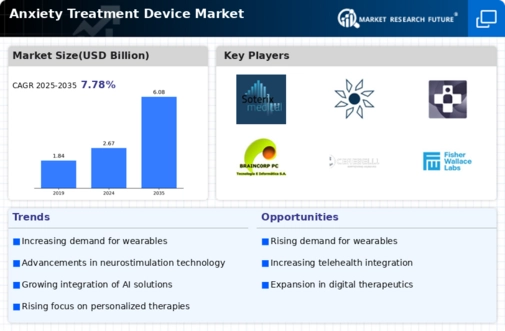
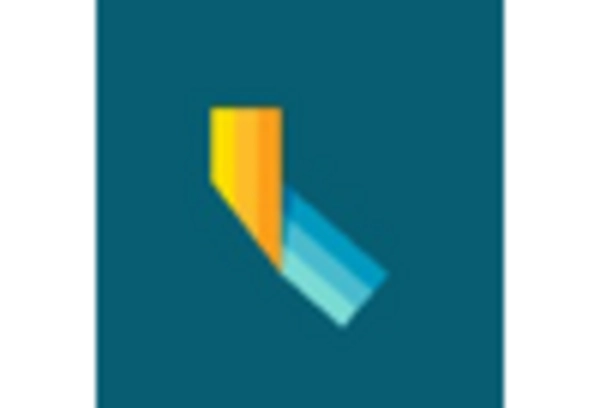
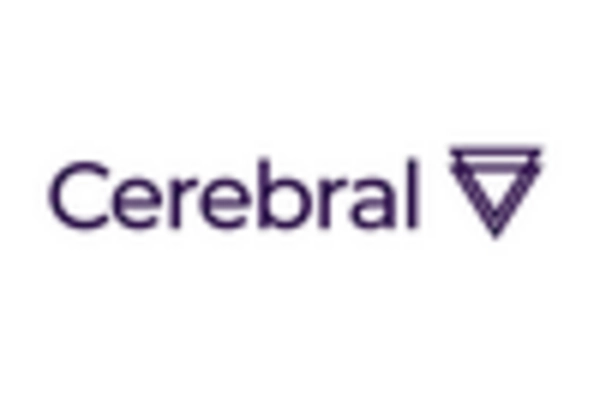
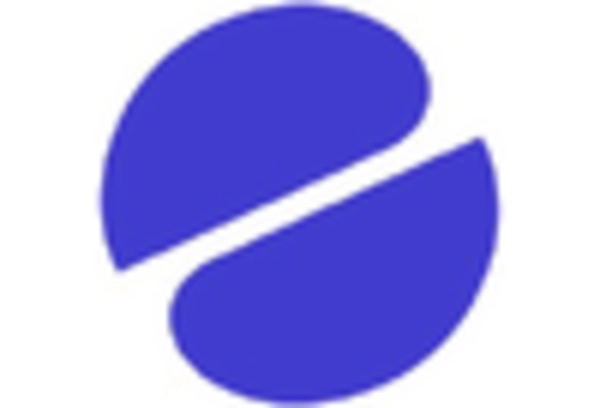
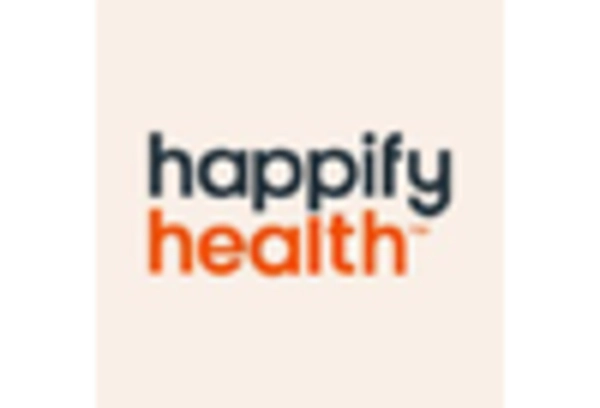
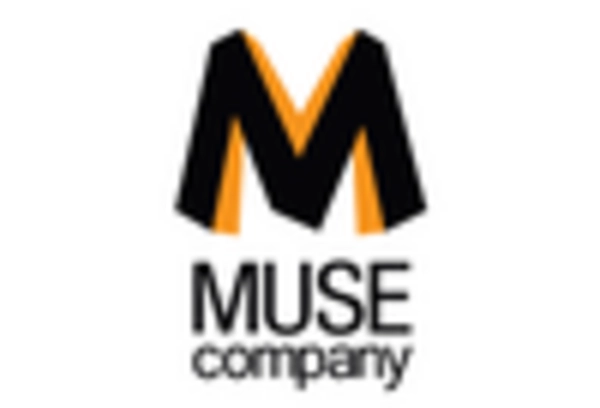









Leave a Comment